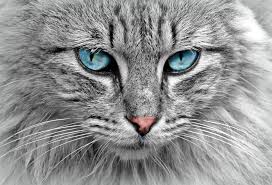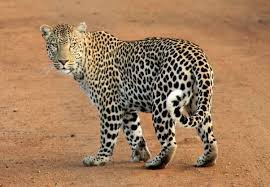5 WAYS YOUR TABBY IS JUST LIKE BIG CATS IN THE WILD
House felines can't thunder and lions can't murmur, however the modest predators that people have been living with for a huge number of years share a considerable measure with their enormous, wild cousins.
In the event that you have a house feline, you've most likely seen a portion of the practices reminiscent of its wildcat progenitors who lived in the desert. Felis catus may have moved in with us and turn out to be more social animals thus, yet despite everything they stalk prey and stamp their domain simply like their wild partners of different sizes.

THEY RUB AGAINST THINGS
All felines have an accumulation of fragrance organs situated on their body—on the sides of the face, around the mouth, on the front paws, and at the base of the tail. At the point when your feline rubs against things (counting you), it is denoting its region with pheromones. Huge felines additionally give make a beeline for things in their condition, and the fragrance they abandon fills in as a notice sign to other people who may go over their domain.

THEY SCRATCH THINGS
Enormous or little, all individuals from the catlike family have retractable hooks, except for cheetahs whose paws are just semi-retractable because of their running propensities. Hooks are utilized for chasing, as well as for picking up footing and climbing trees, so having the capacity to stow them away when not being used keeps these devices sharp. Scratching a tree trunk doesn't simply enable a lion to condition the hooks, however. It's likewise an approach to check their domain by utilizing the aroma organs on their paws we said before.
THEY SMELL THINGS WITH THEIR MOUTH OPEN
Our catlike companions have an intense feeling of smell, with a huge number of receptors covering their minor noses (people, interestingly, have just five million olfactory receptors). Over that, they are additionally among the numerous creatures who have an additional fragrance recognition organ. Called Jacobson's organ, it's put at the base of the nasal cavity and is found in felines, as well as all snakes and reptiles, canines, cows, and even pigs. The organ gives felines a capacity to taste-notice substances, and to utilize it they utilize a development known as the Flehmen reaction—open the mouth, wrinkle the nose and interruption relaxing. This "stink confront" is more discernible in huge felines, however feline proprietors can spot it in their pets too.